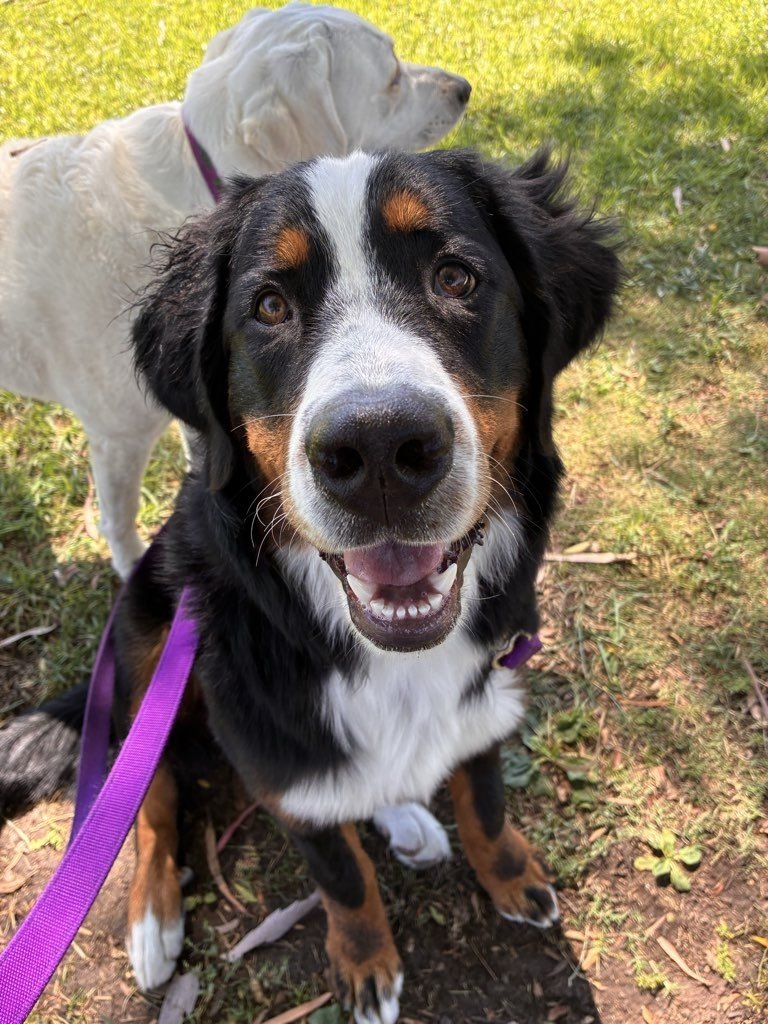
Rattlesnakes & Summer Safety: A Guide for Pet Families
Rattlesnake season is in full swing — and awareness is your best line of defense. From trail walks to backyard lounging, learn how to spot danger, prevent encounters, and keep your pets safe. This essential guide offers expert-backed tips, emergency advice, and trusted resources to give every pet parent peace of mind this summer.

Why Every Pet Parent & Professional Needs a Disaster Plan
When disaster strikes, having a properly sized crate or carrier for your pet isn’t optional—it’s essential. Every pet should have their own carrier that’s large enough to stand, turn around, and lie down comfortably.
In an emergency, a crate isn’t just a transportation tool—it’s your pet’s safe space. It keeps them secure during evacuation, allows access to pet-friendly shelters or hotels, and prevents them from getting lost in the chaos.
Take time now to get your pet comfortable with their carrier. Practice loading them inside with treats and praise so they’re less stressed if you ever need to use it under pressure.
✅ Pro tip for pet parents and professionals: Label each crate with the pet’s name and your contact information in case you get separated.

What to Do If Your Dog Is Stung by a Bee
Bee stings are a common occurrence for dogs, but knowing how to respond can make all the difference. If your dog is stung by a bee, the first steps are to remove the stinger, clean the area, and apply a cold compress to reduce swelling. While most stings result in mild discomfort, it’s important to monitor for signs of an allergic reaction, such as difficulty breathing, swelling around the face, or vomiting. If your dog shows any of these symptoms, contact your vet immediately. With prompt care, your dog will recover quickly and be back to enjoying their day!

Keeping Your Dog Safe from the Dangers of Fentanyl and Opioids
The opioid epidemic, especially with the rise of fentanyl, has extended its impact beyond humans, posing significant risks to pets, particularly dogs. In addition to the dangers within the home, pets can be at risk while out in public spaces, such as parks, sidewalks, or on walks. Here are key points for pet parents about opioids, including fentanyl, and how to keep your furry friend safe both inside and outside the home:
